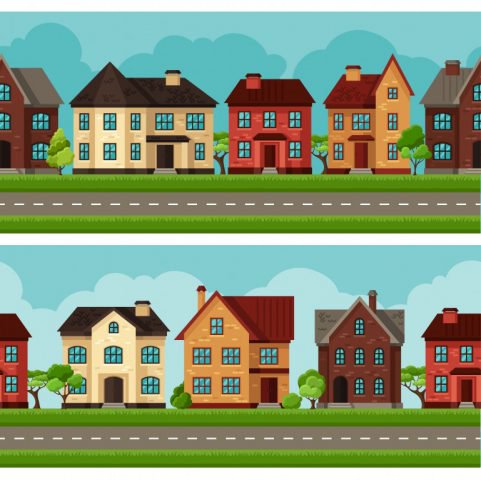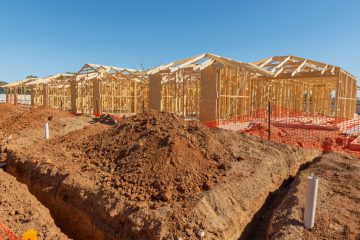House prices have risen over October, reaching an average of £196,807, according to data from the Nationwide.
The annual rate of price growth has bounced back slightly to 3.9% after dropping to a two-year low of 3.2% in August. However, it remains much lower than the peak of 11.8% recorded in June 2014.
Chief Economist at the building society, Robert Gardner, comments: “Over the past five months, annual price growth has remained in a fairly narrow range between 3% and 4%, broadly consistent with earnings growth over the longer term.
“While this bodes well for a sustainable increase in housing market activity, much will depend on whether building activity can keep pace with increasing demand.”
After a strong start to 2014, the property market slowed in the second half of last year, with the drop in activity continuing into the first half of 2015.

Average House Price Increases to Almost £197,000
Recent data reveals a rise in the amount of buyers taking out mortgages and registering with estate agents. However, many agencies have reported a lack of homes for sale.
Nationwide’s study, based on loans approved by the building society during October, shows that over the last three months, house prices have increased by 1.1%, up from 0.8% growth over the previous three months.
Chief UK Economist at IHS Global Insight, Howard Archer, believes that stronger earnings growth, high employment levels, increased consumer confidence and low interest rates are supporting the market.
He says: “We expect house prices to see solid increases over the coming months amid firm activity. Given that house prices were soft in the latter months of 2014, this is likely to see annual house price inflation on the Nationwide’s measure move higher over the coming months.”1
Mortgage lenders have been competing for the best deals over the last few months, helping buyers keep their monthly repayment costs down, adds Gardner. Despite average prices being £10,763 higher than the previous peak hit in the early 2000s, the amount of money needed to repay a mortgage each month has not risen.
And for first time buyers, mortgage payments account for just under 35% of take-home pay, according to Nationwide, significantly less than the 52% needed in 2007.
Gardner explains: “Historically low interest rates have helped to offset the negative impact of rising house prices on affordability. Indeed, even though house prices are at an all-time high, the cost of servicing a typical mortgage is still close to the long-term average as a share of take-home pay.”
However, the difficulty of affording a mortgage was highlighted by data published by Nationwide at the end of September, which found that the cost of a first time buyer home in London had risen to 9.6 times the average income.
Separate research from the Bank of England (BoE) reveals a slowdown in mortgage approvals for September. The amount of loans approved for home purchase dropped for the first time since May, to 68,874 last month from 70,664 in August.
These figures reflect data from the British Bankers’ Association (BBA), which also shows a fall in mortgage approvals, reportedly the result of a shortage of properties on the market.
Chief UK Economist at consultancy firm Pantheon Macroeconomics, Samuel Tombs, says the “big picture is that overall credit flows are improving, albeit slowly”.
The BoE data reveals that mortgage lending increased monthly by £3.6 billion in September, the highest net growth since early 2008.
Tombs continues: “The drop in mortgage approvals is neither a shock nor the start of a trend. The BBA’s narrower measure of approvals pointed to a September fall earlier this week, while lenders’ intention to increase the supply of secure credit and strengthening wage growth point to an imminent revival.”1
Gardner reports that in recent years, fixed-rate deals have become so popular that the proportion of outstanding mortgages on variable rates has dropped steadily; these are the loans prone to interest rate rises. In mid-2012, around 70% of outstanding mortgages were on variable rates. This had declined to about half by June this year.
Gardner adds: “This should help to insulate many households from the impact of higher interest rates, though the proportion on variable rates is still higher than the 38% prevailing in 2007. It is also important to note that the majority of recent fixes are for relatively short time periods – 65% were for two years and 30% for five years.”
However, he believes that the housing market should cope with any interest rate rises in the coming year – “provided the increase is modest and the economy and the labour market remains in good shape”1.
1 http://www.theguardian.com/society/2015/oct/29/uk-house-prices-average-197000-nationwide








